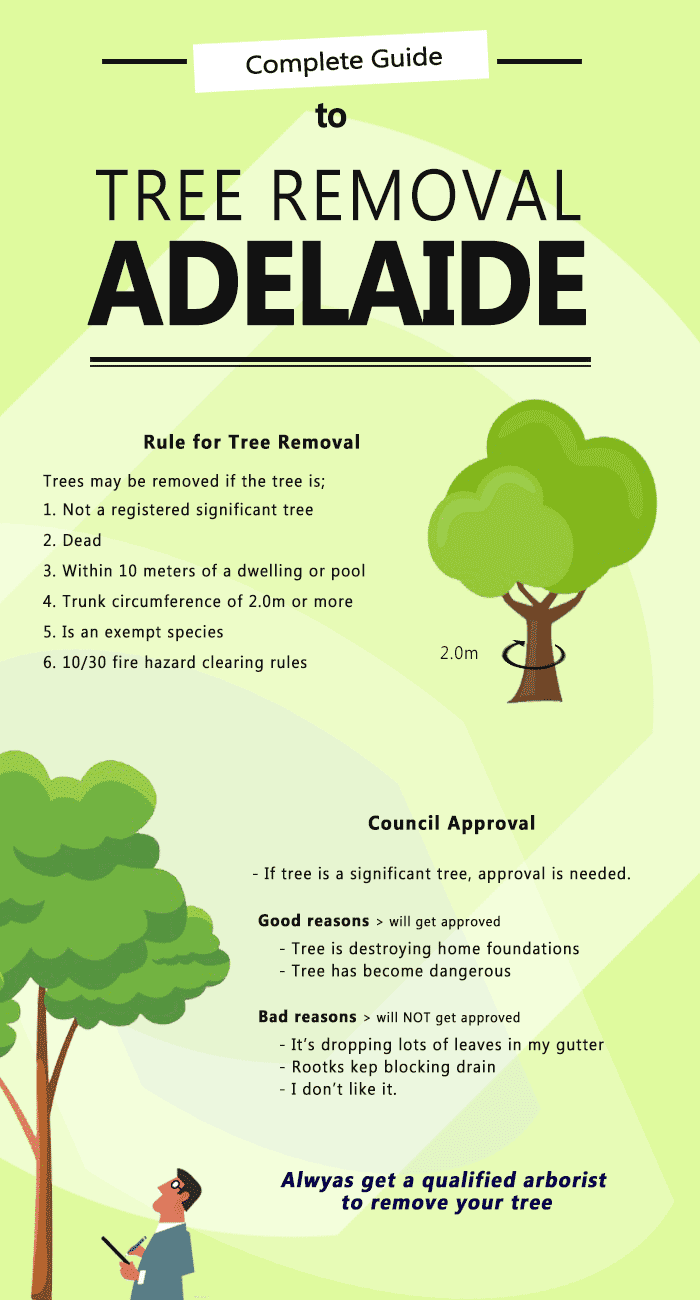The Future Of Trees: How To Identify When Elimination Is Required
The Future Of Trees: How To Identify When Elimination Is Required
Blog Article
Produced By-Bailey Holme
If you've ever wondered about the destiny of the trees on your residential property, recognizing when it's time for elimination is crucial. Yet how do you figure out if a tree can be conserved or if removal is the only option? By seeking specific indicators and examining security threats, you can make informed decisions that benefit both your landscape and your environments. Allow's explore the crucial variables that come into play when choosing the fate of a tree and how you can make sure the most effective end result for your green buddies.
Signs of Tree Decline
If you discover any one of the following indicators of tree decline in your yard, it might be time to think about tree elimination.
One typical indicator is dead or worn out branches, which can show underlying issues influencing the tree's wellness. Watch out for blemished or shrivelled fallen leaves that linger even with appropriate treatment, as this could be a sign of disease or pests.
One more warning signal is too much leaning or a noticeable change in the tree's base, which may recommend origin problems or structural instability. Keep an eye out for fungal growth on the trunk or origins, as this can show rot and jeopardize the tree's security.
In addition, if you observe big fractures in the trunk or major arm or legs, it's vital to attend to these concerns promptly to avoid possible threats. Attending to these indications of tree decrease immediately can aid maintain the security and looks of your yard setting.
Security Concerns
To make certain the well-being of your residential or commercial property and those around you, prioritizing safety and security worries related to trees is extremely important. Trees can posture various security risks if not effectively kept. Dead or decaying branches might drop suddenly, threatening individuals or harmful structures.
Leaning trees can likewise be harmful, especially if they're leaning towards a structure or high-voltage line. Additionally, trees with considerable root systems near foundations or underground energies can trigger substantial damages over time.
It's essential to consistently check your trees for any indications of potential threat. Watch out for cracks in the trunk, huge tooth cavities, or signs of condition and degeneration. If you see any of these problems, it's best to seek advice from a professional arborist to examine the circumstance and identify the needed strategy.
Taking positive steps to deal with security problems without delay can avoid mishaps and home damage in the future. Remember, the security of your residential or commercial property and those around you should always be the top concern when it concerns tree upkeep.
Consulting an Arborist
When taking into consideration the health and wellness of your trees, speaking with an arborist is a vital step. Arborists are educated experts that concentrate on the treatment and upkeep of trees. related web-site can evaluate the total wellness of your trees, recognize any problems such as illness or structural troubles, and provide skilled referrals on the most effective course of action.
By getting in touch with an arborist, you can obtain important insights right into the condition of your trees and establish whether elimination is essential. Arborists have the expertise and experience to review the dangers related to maintaining a tree versus removing it. They can additionally use guidance on alternative solutions, such as pruning, cabling, or bracing, to aid preserve the tree whenever possible.
Moreover, arborists can assist you navigate any regional policies or allows that might be required for tree removal. Their expertise can guarantee that the process is carried out securely and in compliance with any kind of suitable legislations.
Final thought
Finally, when identifying whether trees can be saved or if elimination is needed, it is necessary to consider indications of decline and safety and security issues. Consulting an arborist for a complete evaluation is necessary in making the best decision for the tree's health and wellness and potential hazards. Remember, aggressive treatment and prompt activity can aid protect trees and prevent crashes.
